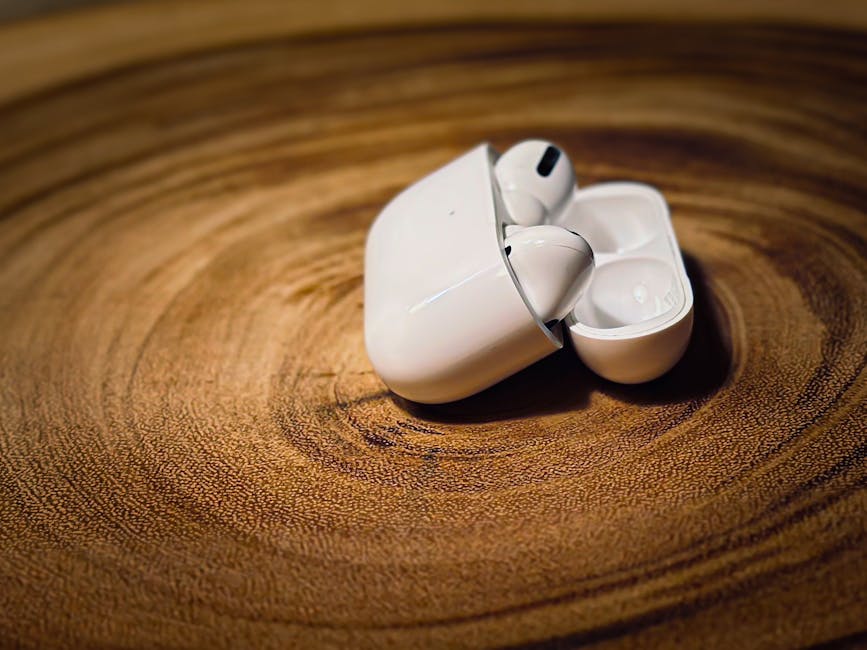
Why You Should Stop Using Plastic Cutting Boards
Why You Should Stop Using Plastic Cutting Boards
Plastic cutting boards have long been a staple in kitchens around the world. They’re affordable, lightweight, and seemingly easy to clean, making them a popular choice for home cooks and professional chefs alike. However, recent research and growing environmental concerns have shed light on the hidden dangers of plastic cutting boards—both for your health and the planet. If you’re still using one, here’s why it’s time to make the switch to a safer, more sustainable alternative.
The Hidden Dangers of Plastic Cutting Boards
1. Microplastics in Your Food
Every time you chop, slice, or dice on a plastic cutting board, tiny plastic particles—known as microplastics—are released into your food. A 2023 study published in Environmental Science & Technology found that plastic cutting boards can release thousands of microplastic particles with each use. These microscopic fragments can then be ingested, potentially leading to long-term health risks. While the full effects of microplastic consumption are still being studied, early research suggests links to inflammation, hormone disruption, and even increased cancer risk.
2. Bacterial Breeding Ground
Plastic cutting boards develop deep grooves and knife marks over time, creating an ideal environment for harmful bacteria like E. coli and Salmonella to thrive. Unlike wood, which has natural antimicrobial properties, plastic does not kill bacteria effectively. Even after washing, bacteria can linger in these tiny crevices, contaminating your next meal. A study by the University of Wisconsin found that wooden cutting boards were significantly more hygienic than plastic ones after repeated use.
3. Chemical Leaching
Many plastic cutting boards are made from polyethylene or polypropylene, which can contain harmful additives like phthalates and BPA (bisphenol A). When exposed to heat (such as hot foods or dishwashers), these chemicals may leach into your food. BPA, in particular, has been linked to hormonal imbalances, reproductive issues, and developmental problems in children.
4. Environmental Harm
Plastic cutting boards contribute to the global plastic pollution crisis. Most are not recyclable due to food contamination, meaning they end up in landfills or oceans, where they take hundreds of years to decompose. Even if you try to recycle them, many facilities reject used plastic kitchenware. By switching to a sustainable alternative, you can help reduce plastic waste.
Better Alternatives to Plastic Cutting Boards
1. Wooden Cutting Boards
Wood is a natural, renewable resource with inherent antibacterial properties. Hardwoods like maple, walnut, and bamboo are excellent choices because they are durable, gentle on knives, and naturally resistant to bacteria. Properly maintained, a high-quality wooden cutting board can last decades.
2. Bamboo Cutting Boards
Bamboo is an eco-friendly option because it grows rapidly and requires minimal resources. It’s harder than most woods, making it resistant to deep knife marks, though it may dull blades slightly faster. Look for bamboo boards with non-toxic adhesives to avoid chemical exposure.
3. Glass or Stone Cutting Boards
While not ideal for everyday use (as they can dull knives quickly), glass and stone boards are non-porous and highly sanitary, making them great for tasks like rolling dough or serving cheese.
4. Composite Cutting Boards
Some modern cutting boards are made from composite materials like rubber or resin-infused wood, offering durability and hygiene without the drawbacks of plastic.
How to Care for Your New Cutting Board
- Wood & Bamboo: Hand wash with mild soap, dry immediately, and occasionally treat with food-grade mineral oil to prevent cracking.
- Glass & Stone: Sanitize with hot water and vinegar, but avoid extreme temperature changes to prevent cracking.
- Composite: Follow manufacturer instructions, but most can be safely washed in the dishwasher.
Final Thoughts: Make the Switch Today
Plastic cutting boards may seem convenient, but the risks they pose—both to your health and the environment—far outweigh their benefits. By investing in a high-quality wooden, bamboo, or composite cutting board, you’ll enjoy a safer, more sustainable kitchen while reducing your exposure to harmful microplastics and bacteria.
Your health, your knives, and the planet will thank you. It’s time to say goodbye to plastic cutting boards for good.







